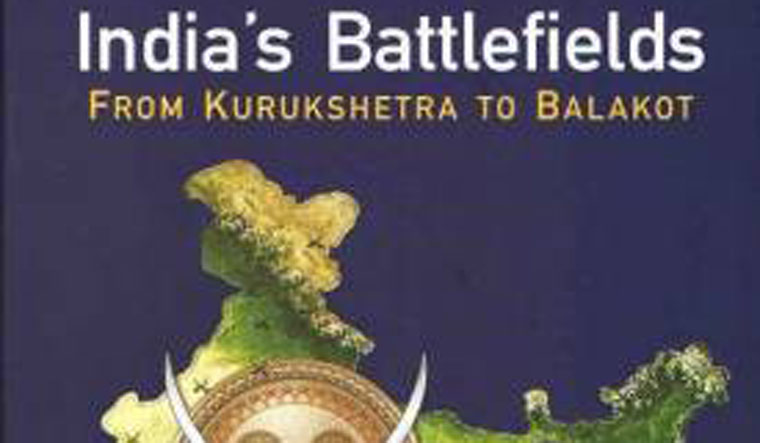George Tanham once said India has no strategic culture. Most Indians did not agree, and promptly came up with the pointers to battle formations (vyuhas) described in the Mahabharata, and quoted a few lines from Chanakya's Arthasastra. Let us admit it, those were by no means study or employment of grand strategies of doctrines, but only descriptions of battlefield tactics.
Beyond those? Apparently there has been little intellectual exercise in India in terms of actual strategic doctrinairing, though modern India has been making up for the deficiency through intense strategic think-tanking post-Pokharan-II.
Reading the accounts of the 42 battles described in this book, one does tend to agree with Tanham. As the author Ajay Sungh makes it clear in the preface itself, “Indian warriors were invariably skillful and individually very brave and courageous. But military leaders neglected the organisational structure of their armies. They often did not adapt to new concepts of warfare and often remained rooted in the past. Nor did they embrace technology....”
Strategic doctrines are evolved over years of study and practice of the art and science of war, but it would appear that most Indian commanders didn't even bother to learn from their own previous battles. Look at how the much-toasted Prithviraj fielded his army in the second battle of Tarain. More or less in the same manner as he had deployed them in his first battle against Ghori. Ghori, on the other hand, had learnt from the mistakes he had committed in his earlier round, and came with a more dynamic battle plan by which he used his heavy cavalry to scythe through the disorganised Rajput ranks.
The author has used virtually every medieval battle to argue this point—that Indian rulers “relied on individual skill and courage instead of modern tactics and doctrines. They were always too busy battling each other instead of an outsider. And that was the cause of their defeat and for the centuries of subjugation that followed.”
Even the celebrated heroes were no different. The author says Rana Sanga sent a letter in 1525 to Babur “asking him to attack Ibrahim Lodhi and even promised to attack Agra during the battle, but backed down.” No wonder, Babar turned his hostile attention to Sanga after defeating Lodhi at Panipat.
Most of the 42 battles described in the book give out one singular message: victory favours the one who employs mobility in warfare and innovates over old concepts. That exactly is the secret behind the successes Indian armed forces scored in the 20th century. Employment of tanks at Zoji-la, the swift by-lane march towards Dhaka, using even para-elements to drop behind enemy lines in 1971, the use of airpower in Longewala, Kargil and recently in the surgical strike at Balakot—all contributed to victory after victory.
Not that there have been no setbacks—the non-use of airpower in 1962, and the induction of forces without even understanding the terrain in Sri Lanka led to major military disasters.
One major attraction of the book is the simple language that the author has employed. There are hardly any military jargons, no attempts at pontification—only simple and straight narration.
The book is not claimed to be a wholesome account of India's military history. Rather, it is only an episodic study of individual battles. Indeed, readers can agree or disagree with the list of the battles chosen. For instance, this reviewer would have liked the book to include—at least for the study of tactics and also for their historicity—the battles of Wandiwash 1760, Assaye 1803 (which the Waterloo-winner Wellington once admitted was the toughest he had ever fought), Lord Lake's capture of Delhi 1803, and of course the two Anglo-Gurkha wars of 1814-1816.
Title: India's Battlefields: From Kurukshetra to Balakot
Author: Ajay Singh
Publisher: Pentagon Press, Delhi
Pages: 242
Price: Rs 995



